Beef Tenderloin is the ultimate special occasion meal.
Everyone loves a roasted filet of beef and for good reason- when cooked properly it is described as “melting in your mouth.” It’s the most tender cut from the cow and is universally known as a luxury meal. So when it comes to holidays and special occasions, Ina Garten’s Slow Roasted Beef Tenderloin recipe is always what I make.
When you decide to invest in making this beef tenderloin recipe, you want to make sure you have everything you need to ensure absolute perfection and this is where I can help.
The right tools make all the difference
What you need to guarantee a stunning beef tenderloin that is cooked to perfection:
How to Choose a Good Beef Tenderloin
When it comes to selecting a good cut of beef, Trager Grills advises to “avoid beef that is a dull color, or has an excess of juice in the package. These are signs that the beef wasn’t stored properly, or has been sitting in the case for too long.” I agree with the advice so I always try to buy fresh, never frozen, beef tenderloin whenever possible. When beef is vacuum sealed, the excess moisture is squeezed out of the beef which it sits in and this impacts the texture and ability to brown. Additionally, when meats are packed and sold vacuum sealed, this usually indicates it was previously frozen and mass distributed. While that is fine for some recipes, this one works best if you can source a fresh, dry cut from a butcher’s counter.
Filet Mignon Vs Beef Tenderloin- What’s the difference?
It can be confusing that this cut of beef often goes by a few names including filet mignon, filet of beef, filet, beef tenderloin, roast beef, and châteaubriand. So what’s the difference? Well, much of this depends on your region, and your butcher’s preference, although there are some differences in the cuts. For example, filet mignon typically refers to an individual steak cut off the tenderloin. Châteaubriand refers to the center cut, or most prized part, of the whole beef tenderloin. If you want to learn more about the names and cuts of beef, check out this article from Kitchn– A complete guide to steak.
6 Steps to Beef Tenderloin Perfection
Step 1- Prepare the Twine
Lay Butcher’s twine in vertical strips about 3 inches apart and one 2.5 times the length of the roast down the middle.
Note: If your beef is already tied, leave in place and wrap this layer less tightly just to hold the herbs in place.
Step 2- Time for Tarragon
Lay the tarragon leaves across the twine. It doesn’t need to be perfect- a rustic approach is fine.
Note: You don’t have you use tarragon if you can’t find it or don’t like it, but you’d be missing out!
Step 3 – Season and more Tarragon
Season the beef generously with Kosher salt & fresh cracked pepper.
Place the Tenderloin onto the tarragon leaves then top the roast with the remaining tarragon placing it in various directions to cover it as much as you can. There is no wrong way to do this step.
Step 4 – Tie up the Roast
Grab each end of twine positioned at 3 inch intervals and tie them around the roast, one at a time. The ties should be just firm enough to hold the tarragon in place and hold the shape of the beef. Finally, wrap the long piece of twine up and over with a final tie, like wrapping a gift.
Carefully move the roast onto a sheet pan, preferably one with a raised insert grid.
Step 5 – Insert a Probe Thermometer
Insert a “leave in” probe thermometer, like the Dot, into the center of the meat. Set the probe to your desired temperature according to the temperature chart below:
Medium-Rare: 130- 135°F for medium-rare. (I think 130 is the sweet spot.)
Medium: 135-140°F
Step 6 – Rest, Slice & Serve
Preheat oven to 275°F. Roasting typically takes around 1.25 hours to reach med-rare, but many factors influence this including the temperature of beef when placed in the oven, oven efficiency, other foods in the same space, etc. That is why we go by temperature and not time. Let the roast rest for 15-20 minutes. Slice and Serve.
The secret to success- The Dot.
Pro Tips:
- Source your beef. It’s worth the extra money to purchase this cut at a reputable Butcher shop. If you can only find vacuum sealed or previously frozen (which most vacuum sealed cuts are) then you will need to roast the beef for longer and the results will be a “wetter” or “bloodier” meat. This is avoided by using a fresh cut. Trust me, I have learned this the hard way.
- Use the right tools. Invest in a in oven probe and a good sheet pan with a raised grid rack.
- Allow time for the beef to rest. Don’t skip rest time due to fear of it cooling off. Don’t worry- it will hold its temperature for a long time and still be warm after resting. And if it’s not piping hot, it’s okay! Beef tenderloin roasts are often served at room temperature at some of the finest dining experiences in the world! This is another reason it is perfect for a large gathering.
- Master Chef Tip– Make sure everything else is on the table first before slicing and plating- that’s when it cools off quickest.
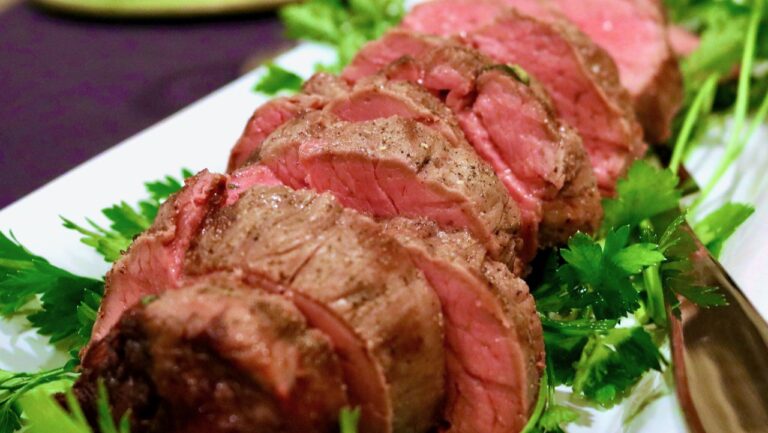

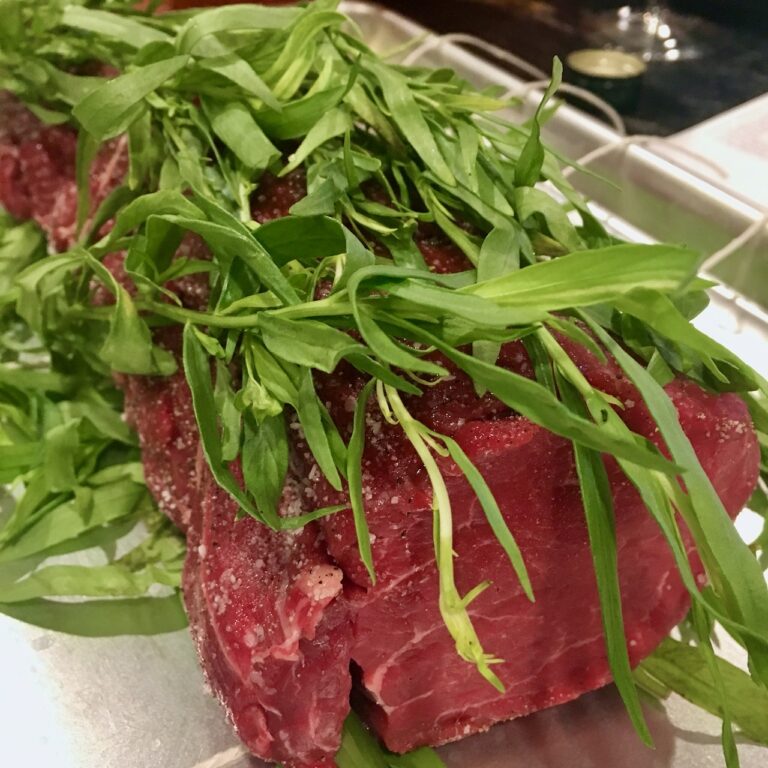
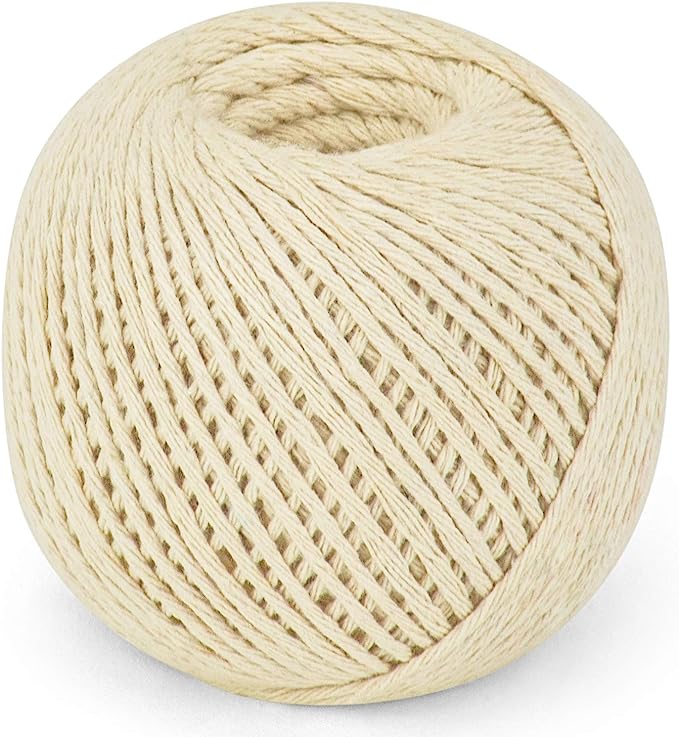
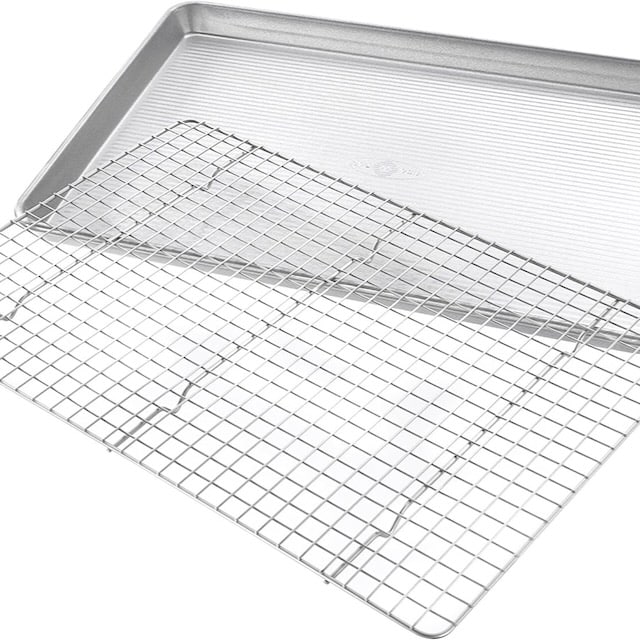
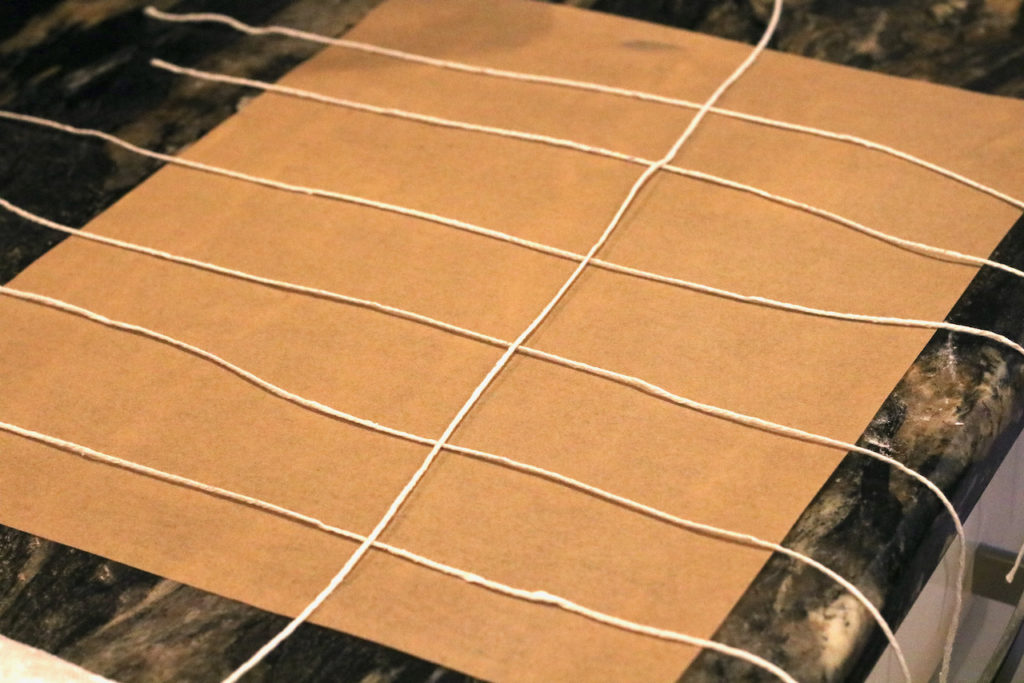
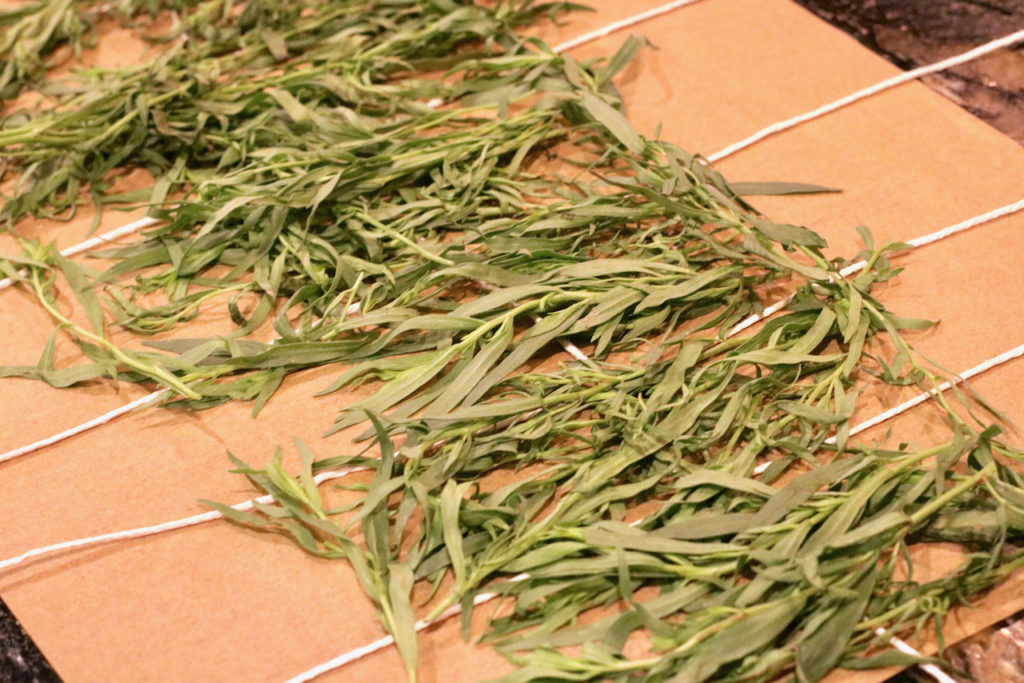
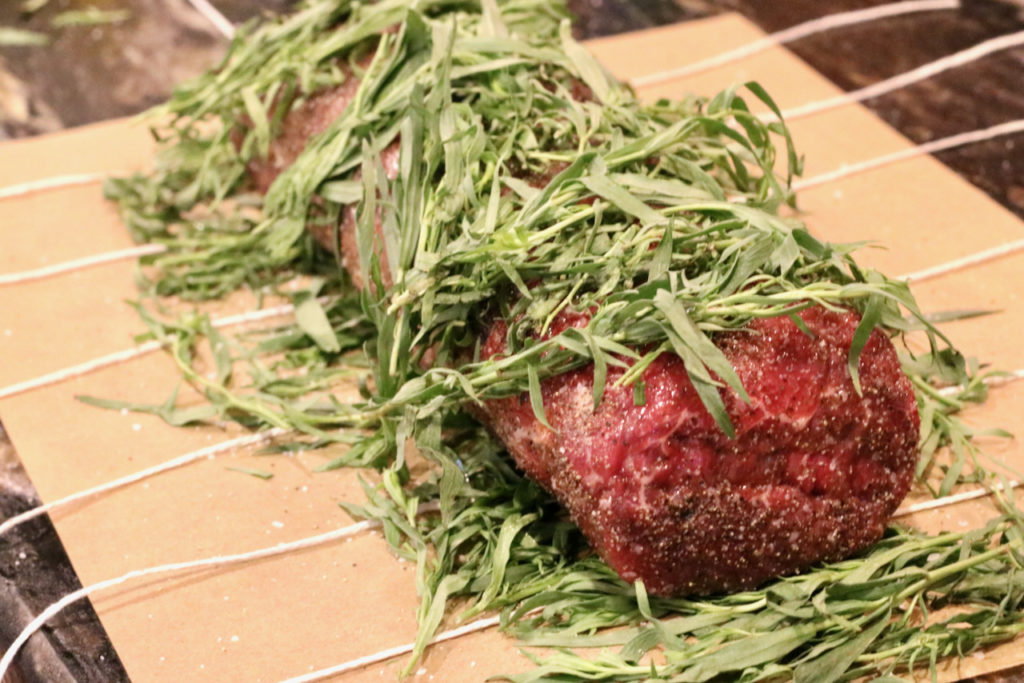
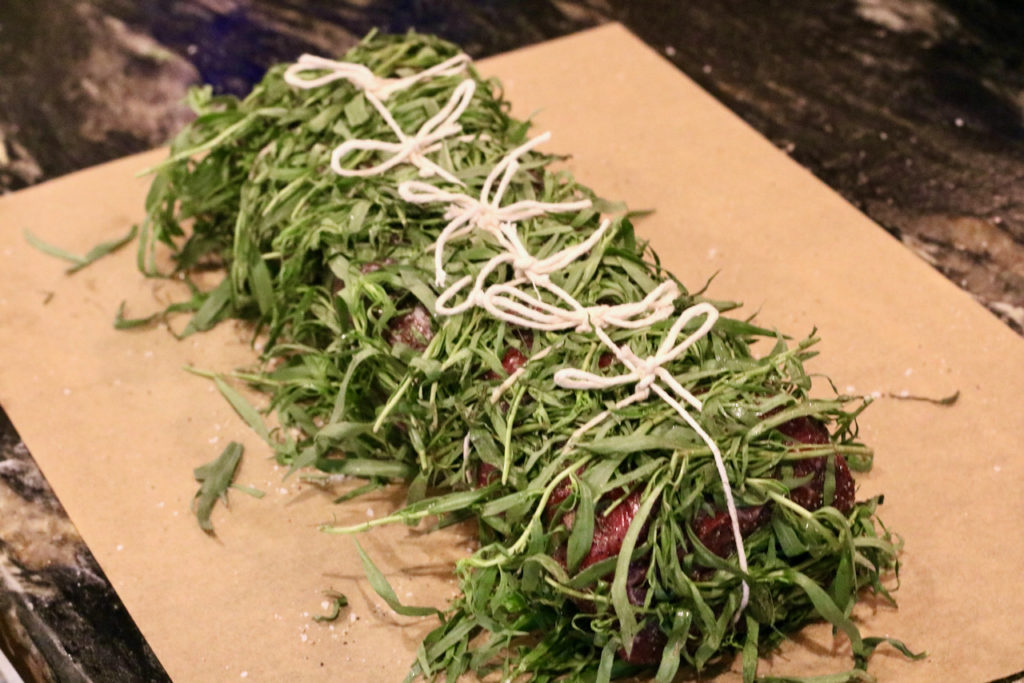
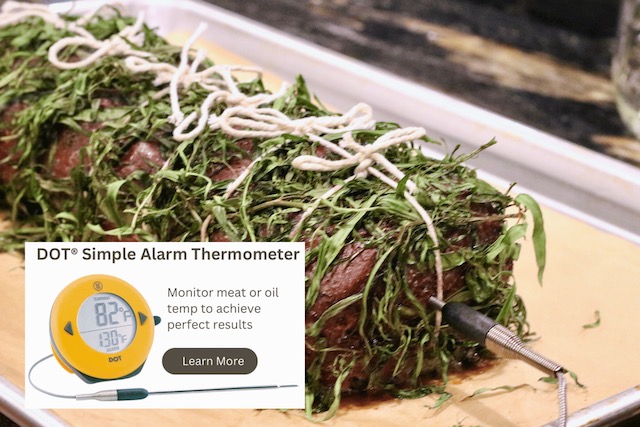
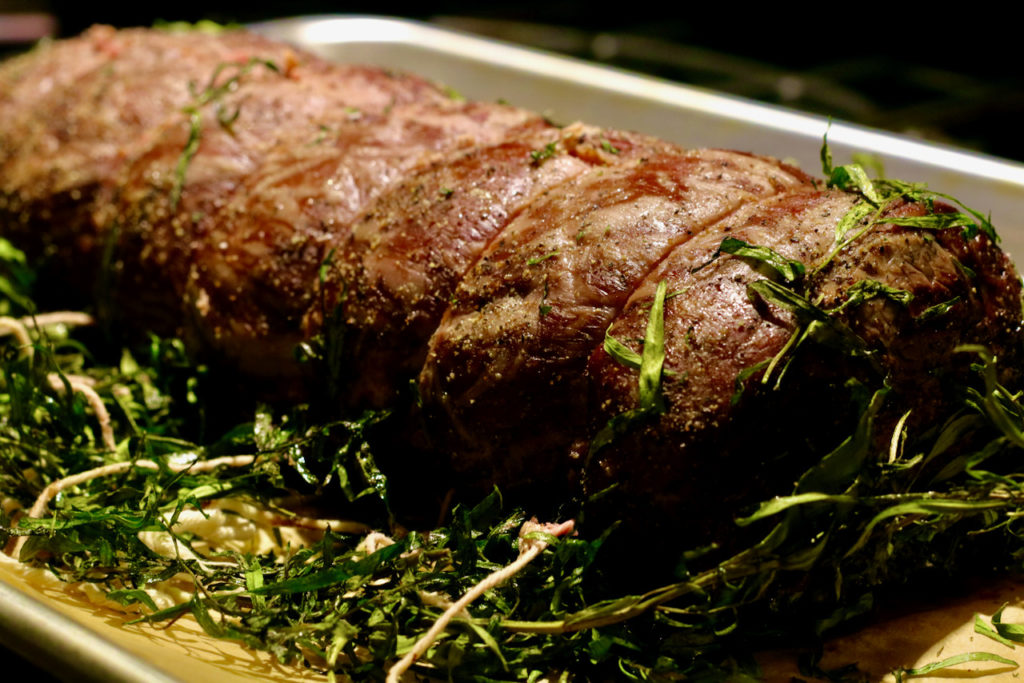
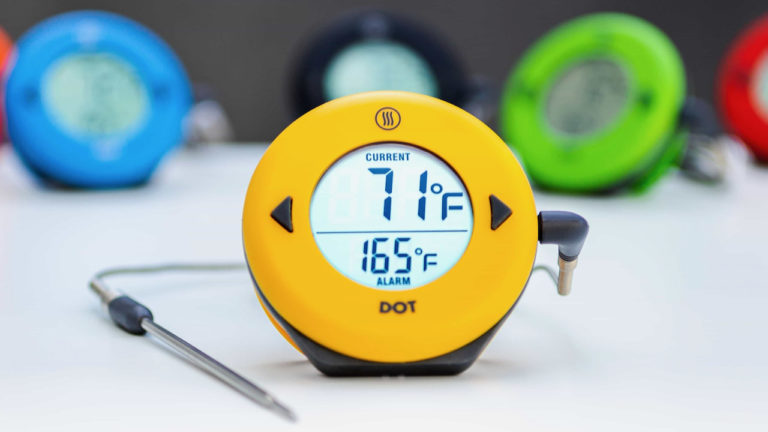
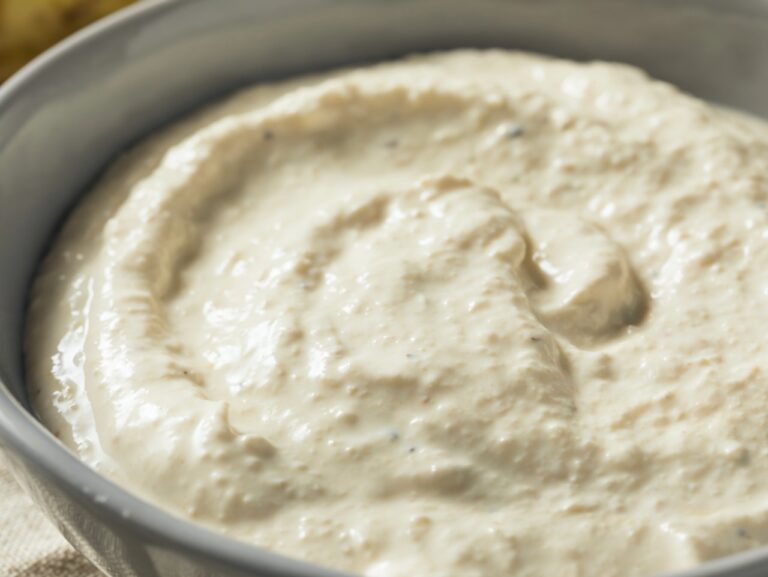
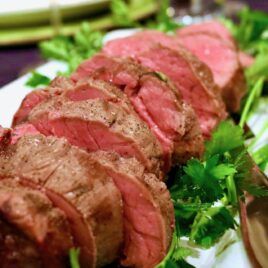
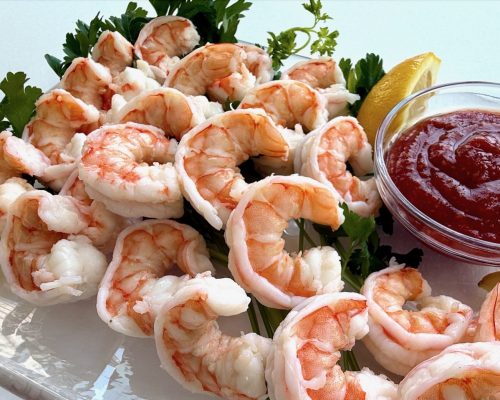

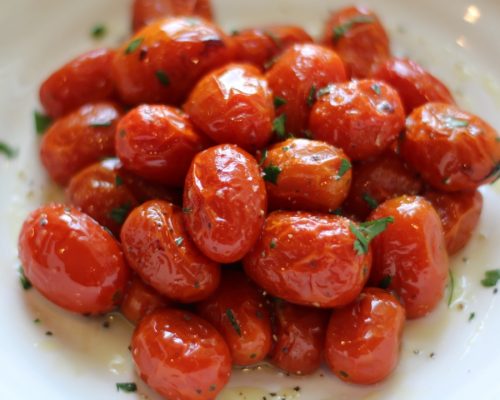
4 thoughts on “Ina Garten’s Slow Roasted Beef Tenderloin Recipe”
This tenderloin has the most amazing flavour. It’s perfect every time!
Made the tenderloin for Christmas Dinner – it was amazing! Melted in our mouths and was cooked perfectly. I didn’t have tarragon but had a fresh herb mix of thyme, rosemary and sage sprigs so I used them – delicious!! Will definitely make this again, its a keeper!
I am so thrilled to hear that you enjoyed it! Although we were a small crowd of 3 this past Christmas, I still made it this year, and for the first time we had leftovers for “melt in your mouth” sandwiches the next day. Yum! Preparing the tenderloin this way simply blows me away every time we make it. Great to know you tried it with other herbs! Thank you for taking the time to reach out!